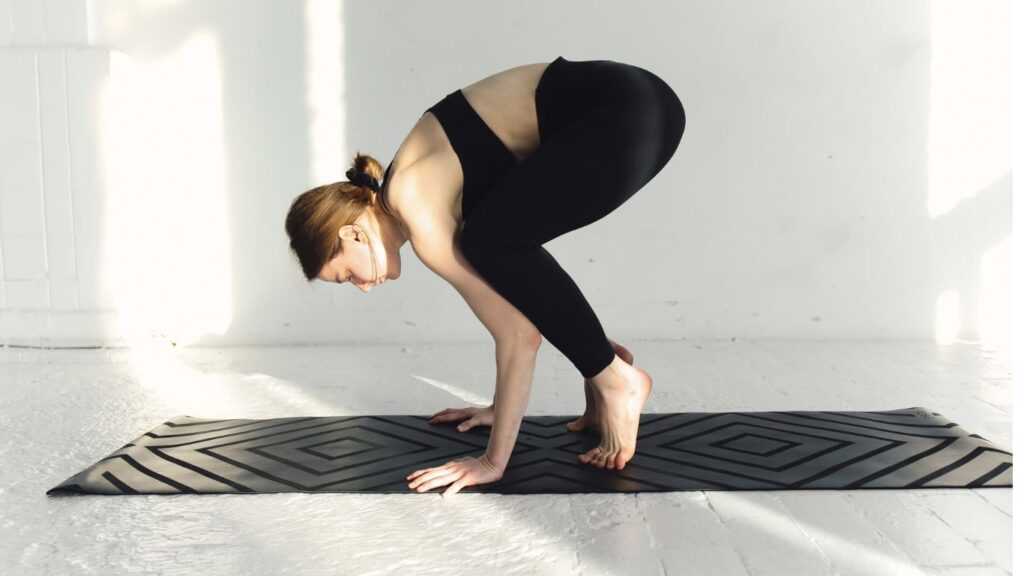Stress seems to be an unavoidable part of our fast-paced lives, but it doesn’t have to control us. I’ve found that mindfulness techniques can be incredibly effective in reducing stress and bringing a sense of calm to daily chaos. By focusing on the present moment and cultivating awareness, we can break free from the constant cycle of worry and anxiety.
In this article, I’ll share some of the most impactful mindfulness practices that have helped me manage stress. Whether you’re new to mindfulness or looking to deepen your practice, these techniques are simple yet powerful tools to help you navigate life’s challenges with greater ease and resilience.
Understanding Mindfulness Techniques
What Is Mindfulness?
Mindfulness is the practice of being fully present in the moment without judgment. It involves paying attention to one’s thoughts, feelings, and sensations in a non-reactive way. By focusing on the present, individuals can avoid getting overwhelmed by past regrets or future anxieties. Techniques include deep breathing, meditation, and body scanning. These practices help cultivate an awareness that aids in breaking the cycle of habitual reactions to stress.
How Mindfulness Relates to Stress Reduction
Mindfulness can significantly reduce stress by altering the way the brain processes stressful stimuli. Harvard Medical School notes that regular mindfulness practice decreases levels of cortisol, the stress hormone. By fostering a mindful approach, individuals can observe their stressors without becoming overly attached or reactive. For example, mindful breathing can slow down the heart rate, leading to a state of calm. Additionally, mindfulness helps in recognizing and addressing negative thought patterns, which often contribute to stress.
Key Mindfulness Practices for Stress Management
1. Breathing Exercises
Breathing exercises serve as a cornerstone of mindfulness practices. By focusing on inhaling and exhaling, individuals can anchor themselves in the present moment. A commonly used technique is diaphragmatic breathing, which involves taking deep breaths from the diaphragm rather than shallow breaths from the chest. This method increases oxygen intake and promotes relaxation. Another effective method is the 4-7-8 technique, where you inhale for 4 seconds, hold the breath for 7 seconds, and exhale for 8 seconds. These exercises can lower heart rates and stabilize blood pressure, making them ideal for stress reduction.
2. Guided Meditation
Guided meditation offers structured support in mindfulness practice. These sessions usually involve an instructor leading participants through visualization or focused attention exercises. Popular apps like Headspace and Calm provide a wide range of guided meditations, varying from a few minutes to an hour. Techniques often include focusing on a serene image or repeating a calming mantra. Through guided meditation, individuals can achieve a state of deep relaxation and mental clarity, both crucial for managing stress. Research shows that consistent practice can also improve emotional regulation and cognitive function.
3. Body Scans
Body scans are a mindfulness technique aimed at increasing bodily awareness. During a body scan, you systematically focus attention on different parts of the body, starting from the toes and moving up to the head. This practice helps identify areas of tension or discomfort, allowing you to consciously release stress. A typical session lasts 20-30 minutes, with practitioners often lying down in a comfortable position. Regular body scans can improve physical relaxation, enhance pain management, and boost overall well-being. This practice aligns the mind-body connection, essential for holistic stress management.
Benefits of Mindfulness Techniques

Physical Health Improvements
Mindfulness practices improve various aspects of physical health. Regular mindfulness reduces blood pressure, stabilizes heart rates, and enhances immune function. These practices lower cortisol levels, which reduces chronic stress-linked conditions. For example, studies indicate that mindfulness can decrease inflammation markers, benefiting individuals with chronic inflammatory diseases.
Improved sleep quality is another key benefit. Mindfulness practices, like guided meditation, enhance sleep by calming the mind and reducing insomnia symptoms. Additionally, mindful breathing exercises increase oxygen levels in the bloodstream, promoting better cardiovascular health and overall energy levels.
Mental and Emotional Benefits
Mindfulness techniques offer comprehensive mental and emotional benefits. These practices reduce symptoms of anxiety and depression by promoting relaxation and a balanced perspective. Studies show that regular mindfulness reduces the recurrence of depressive episodes in individuals with recurrent depression.
Enhanced focus and cognitive function result from consistent mindfulness practice. Techniques like guided meditation and body scans improve attention span, memory retention, and decision-making skills. Mindfulness also fosters emotional regulation, enabling better control over reactions to stressors and enhancing overall emotional resilience.
Implementing Mindfulness Into Your Daily Routine
Creating a Mindful Morning Ritual
- Mindfulness: Starting your day with mindfulness sets a positive tone.
- Deep Breathing: Begin with five minutes of diaphragmatic breathing to calm your nervous system.
- Meditation: Engage in a brief meditation session, using a guided app or focusing on your breath for ten minutes to enhance mental clarity.
- Mindful Eating: Incorporate mindful eating into breakfast, paying full attention to the flavors, textures, and sensations of your food. Avoid distractions like phones or TV.
- Set Intentions: Reflect on what you aim to accomplish and how you want to feel. Intentions give your day a purposeful start and align with your overall mindfulness practice.
Mindfulness at Work
- Mindful Breathing Breaks: Integrating mindfulness in the workplace can transform your experience. Pause every hour, take deep breaths, and refocus your mind. This practice reduces stress and improves concentration.
- Mindfulness Cues: Use reminders like a vibrating alert on your watch or a desktop notification.
- Active Listening: In meetings, focus entirely on the speaker without forming immediate responses. This reduces misunderstandings and improves team collaboration.
- Mindful Email Responses: Take mindful pauses before responding to emails. Read each message thoroughly, breathe, and then reply thoughtfully. This approach maintains calm and enhances communication effectiveness.
- End-of-Day Ritual: Create a mindful end-of-day ritual by reflecting on your accomplishments and areas for improvement. Spend a few minutes jotting down thoughts in a journal to leave work stress behind and ensure a smoother transition to personal time.
Conclusion
Embracing mindfulness techniques can transform how we manage stress and improve our overall well-being. By integrating practices like deep breathing, guided meditation, and body scans into our daily routines, we can break habitual stress responses and cultivate a more balanced life. The physical and mental health benefits are profound, from reducing blood pressure to enhancing emotional regulation. Mindfulness isn’t just a practice; it’s a lifestyle that empowers us to live more fully in the present moment. So let’s take that first mindful breath and embark on a journey toward a more peaceful and focused existence.

 Jasmine Wellish is a key contributor at Info Wave Circle, known for her insightful articles and creative approach to technology and societal issues. With a deep passion for innovation and a knack for storytelling, Jasmine plays a crucial role in communicating the vision and achievements of Info Wave Circle to a broader audience.
Since joining the team, Jasmine has been instrumental in crafting compelling content that highlights the transformative potential of technology. Her work not only informs but also inspires the Info Wave Circle community and beyond. Jasmine’s dedication to exploring new ideas and her ability to convey complex concepts in an engaging manner make her an invaluable asset to the organization’s mission of fostering innovation and societal progress.
Jasmine Wellish is a key contributor at Info Wave Circle, known for her insightful articles and creative approach to technology and societal issues. With a deep passion for innovation and a knack for storytelling, Jasmine plays a crucial role in communicating the vision and achievements of Info Wave Circle to a broader audience.
Since joining the team, Jasmine has been instrumental in crafting compelling content that highlights the transformative potential of technology. Her work not only informs but also inspires the Info Wave Circle community and beyond. Jasmine’s dedication to exploring new ideas and her ability to convey complex concepts in an engaging manner make her an invaluable asset to the organization’s mission of fostering innovation and societal progress.
